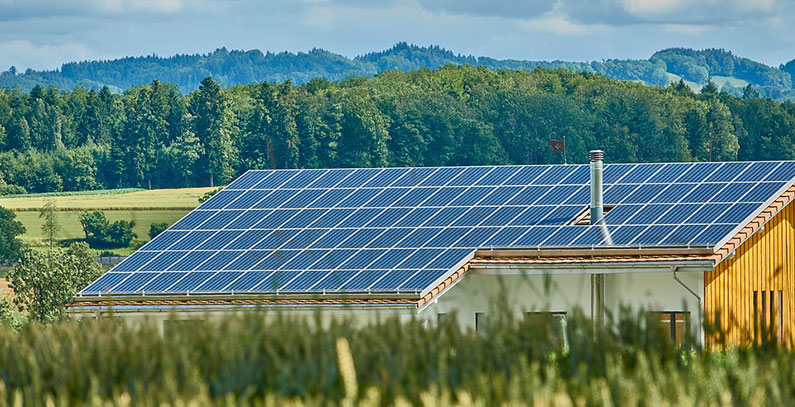
Photo: Pixabay
Croatia is going to install a 6.5 MW solar power plant in the region of Cres and Lošinj islands, in the northern part of the Adriatic sea. The new plant will cover 17 hectares and produce about 8.5 million kWh of electricity. The amount is sufficient for local households but their energy bills will not be cheaper.
The project of the future solar power plant Orlec – Trinket – East was presented in Orlec, the largest village within Cres, Novi list reported.
Representatives of the Institute for Spatial Planning of the Primorsko-Goranska County and The Regional Energy Agency of Kvarner made a project draft together.
The Kvarner Gulf, also known as Kvarner Bay, is a bay in the northern Adriatic Sea, located between the Istrian peninsula and the northern Croatian Littoral mainland. The bay is a part of Croatia’s internal waters. The largest islands within the Kvarner, besides Cres and Lošinj, are Krk, Pag and Rab.
The maximum height of the solar module is 3 meters, so that the future solar power plant will fit into the environment. What was more important for the local population is that their sheep will be able to keep grazing on the ground where the plant will be installed, since the solar collectors will not block the road.
However, the new power plant will not bring financial benefits to the households because, according to Croatian regulations, the produced electricity will be delivered to the Croatian Electric Power Industry (HEP) and then distributed at a standard price.
The new solar power plant’s location is defined by the 2013 County Spatial Plan. The location permit is expected in 2018.
Solar energy not used enough in Croatia
Croatia has sunny days in abundance but does not use it enough. This was emphasized at the recent conference “The Role of Tourism in Energy Transition”, organized by the Greenpeace Croatia.
The conference recalled that the world has entered the energy transition process in order to fully switch to clean energy and renewable energy sources by 2050. Representatives of civil society organizations, state institutions, energy producers and other participants concluded that Croatia, with its 300 sunny days per year, does not use its huge natural resource the way it should.
Zoran Tomić, director of Greenpeace Croatia, said that the situation is even worse – with all those sunny days, Croatia is at the bottom of the European list when it comes to solar energy consumption.


















Be the first one to comment on this article.